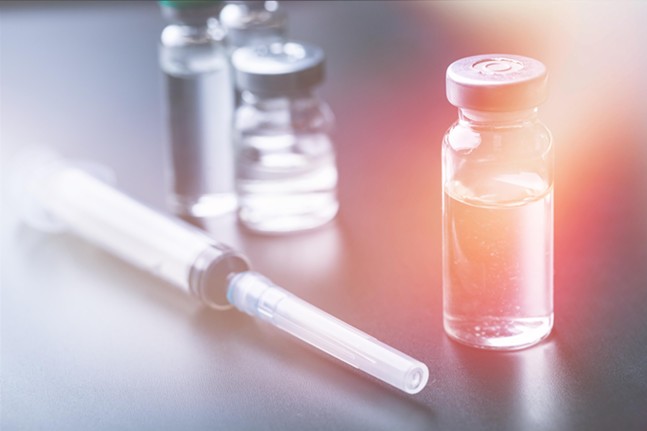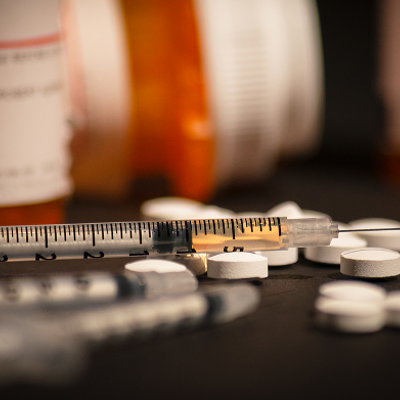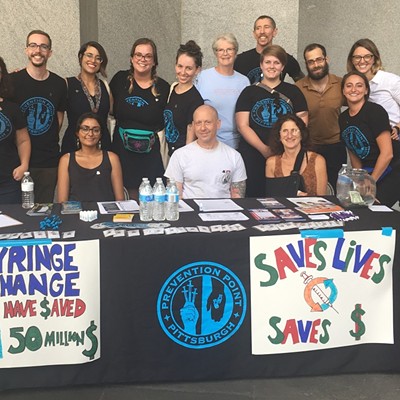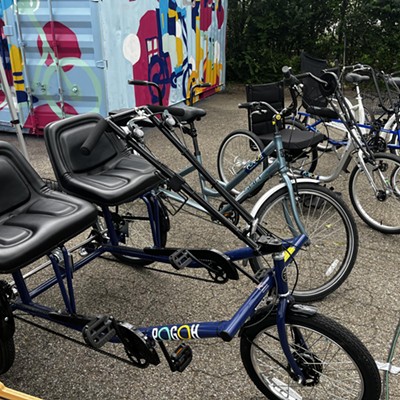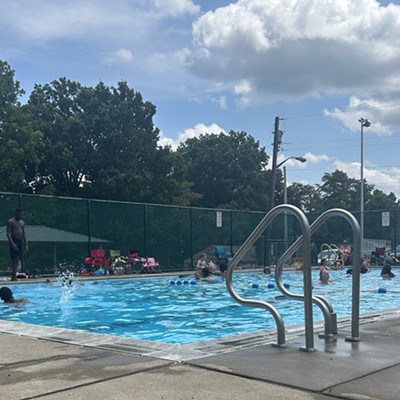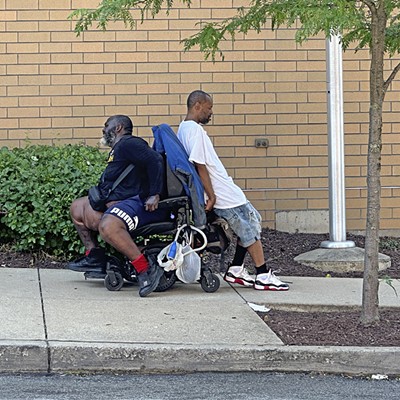Methadone and Suboxone are helping stem the tide of opioid abuse
[
{
"name": "Local Action Unit",
"component": "24929589",
"insertPoint": "3",
"requiredCountToDisplay": "1"
}
]
Treatment facilities are expanding their services in the Pittsburgh area as Pennsylvania intensifies its fight against the drug epidemic. The Pennsylvania Department of Health reports a slight decline in overdose deaths, down 4% from the previous year, yet the figures remain alarming: in 2022, an average of 14 people died from a drug overdose each day in the Commonwealth.
Pittsburgh City Paper spoke to local licensed treatment providers and community members with lived experience to explore how medical management can prevent overdoses and promote recovery.
“There is widespread scientific evidence that addiction is a brain-based disease that must be treated medically along with integrated counseling services,” says Scott Tracy, owner of Wellness Recovery. “Like all diseases, individuals can influence the course of their disease. This is why the integration of counseling with medication is both effective and life-saving.”
Opioids such as heroin and narcotic pain relievers can quickly lead to dependence and addiction. When individuals struggling with opioid addiction attempt to stop using these drugs, withdrawal symptoms like nausea, vomiting, and restlessness begin.
Methadone and buprenorphine — referred to as medications for opioid use disorder (MOUD) — are an effective and FDA-approved treatment to treat opioid addiction. In Western Pennsylvania, state-licensed treatment facilities including Wellness Recovery and Gateway Rehab offer MOUD in addition to various levels of treatment.
These two medications are synthetic opioids that provide weaker effects.
“Methadone is long-acting and works by filling the opioid receptor sites in the brain. Cravings and withdrawal are shut down in this mechanism,” explains Tracy. “Because it is a fairly weak opioid, the high the person gets is reduced and provides a safe high.”
Suboxone, a brand name for a combination of buprenorphine and naloxone, is an additional MOUD. Naloxone, an opioid reversal agent, is added to buprenorphine to prevent misuse by injection and reduce the potential for abuse. Methadone is a full opioid agonist, fully binding to the brain's opioid receptors, whereas Suboxone is a partial agonist, providing a less intense euphoria by only partially filling these receptors.
“Methadone and buprenorphine are associated with reduced risk of death from opioid overdose and reduced cravings and symptoms of opioid withdrawal,” says Julia D’Alo, chief medical officer of Gateway Rehab.
Several misconceptions about methadone and suboxone exist, such as assuming that this evidence-based treatment is a substitution of one addiction for another. But medical professionals say methadone and Suboxone promote reduced criminal activity and healthier lives with less likelihood of contracting infectious diseases such as hepatitis C.
Rob Hamilton, a local community member and Director of Westmoreland County Human Services, says MOUDs were an essential part of his recovery. “As someone with lived experience, I have personally experienced the life-saving impact of medicated assisted treatment. Early in my attempts to enter into recovery, I was introduced to a form of MOUD. It allowed me to believe that change was possible,” Hamilton tells City Paper.
As one of the largest treatment providers in Western Pennsylvania, Gateway Rehab offers individualized treatment plans in a continuum of care including detoxification, rehabilitation, outpatient, and residential services in addition to MOUD. Gateway partners with a local provider to offer methadone as an option, as well.
“We recognize that having a substance use disorder is so hard, but substance use disorders are highly treatable diseases and we see evidence of this every day in the successes of our patients,” says D’Alo. “We care about our patients and are fully committed to our mission.”
Wellness Recovery operates a small inpatient facility in Uniontown, PA that integrates MOUD with counseling to achieve lasting sobriety. With only 18 inpatient beds, Wellness Recovery offers individual attention in an intimate recovery community.
“It is important to understand that each person is unique,” Dr. Tracy tells CP. “While addiction is a brain-based disorder, science also tells us that there are mental health processes that must be addressed to achieve lasting remission and prevent relapse. Helping the person manage stress, anxiety, depression, and relationships are paths to sustained recovery.”
Recovery encompasses physical, mental, emotional, social, and spiritual healing. Methadone and Suboxone play a crucial role in addressing the biological aspect of recovery by reducing cravings and withdrawal symptoms to support those making the courageous decision to stop using drugs.
“As individuals like myself are seeking recovery, it is essential that we examine and provide as many pathways as possible,” says Hamilton. “Through a person-centered approach, we can begin to turn the tide during this epidemic of drug use throughout our communities.”
D’Alo urges anyone struggling with addiction to reach out for assistance. “If you are reading this and think you may need help, please consider calling a treatment provider for additional information,” she advises.
Those struggling with substance use or mental health disorders can contact SAMHSA’s National Helpline at 1-800-662-HELP (4357) for referrals to local treatment facilities, support groups, and community-based organizations.

